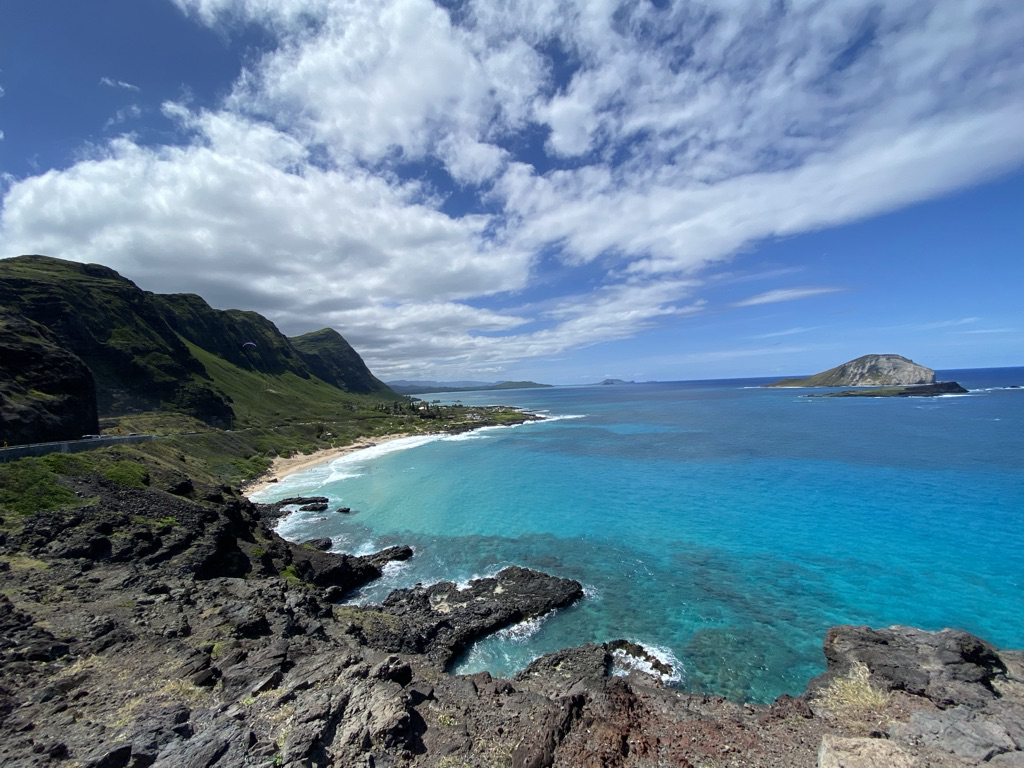Hawaii: A brief introduction to the Hawaiian islands
Dreaming of a Hawaiian vacation? These are the things you need to know before planning your island getaway. Here are some quick facts, and things to know. I will do my best to give you a glimpse of the islands I call home, through the eyes of a local Hawaiian girl. Let me introduce you to the Hawaiian islands and get you ready to start planning your visit.
Facts about the Hawaiian islands
Geography
The Hawaiian archipelago is actually made up of 137 islands. There are 8 main islands, though Hawaii is more commonly known by its “Big 4” made up of O’ahu, Maui, Kaua’i & Hawai’i island (known by its nickname ‘The Big Island). The lesser known of the eight are: Moloka’i, Lana’i, Kaho’olawe & Ni’ihau.
Hawaii is part of the Polynesia sub region of Oceania, also known as the Polynesian triangle. This island chain was formed by the Pacific plate moving northwestward over a volcanic hot spot. Therefore, the oldest island (Kure island) in the Hawaiian chain is believed to be about 28 million years old, and the youngest island (Hawai’i island) just 400,000 years in age.
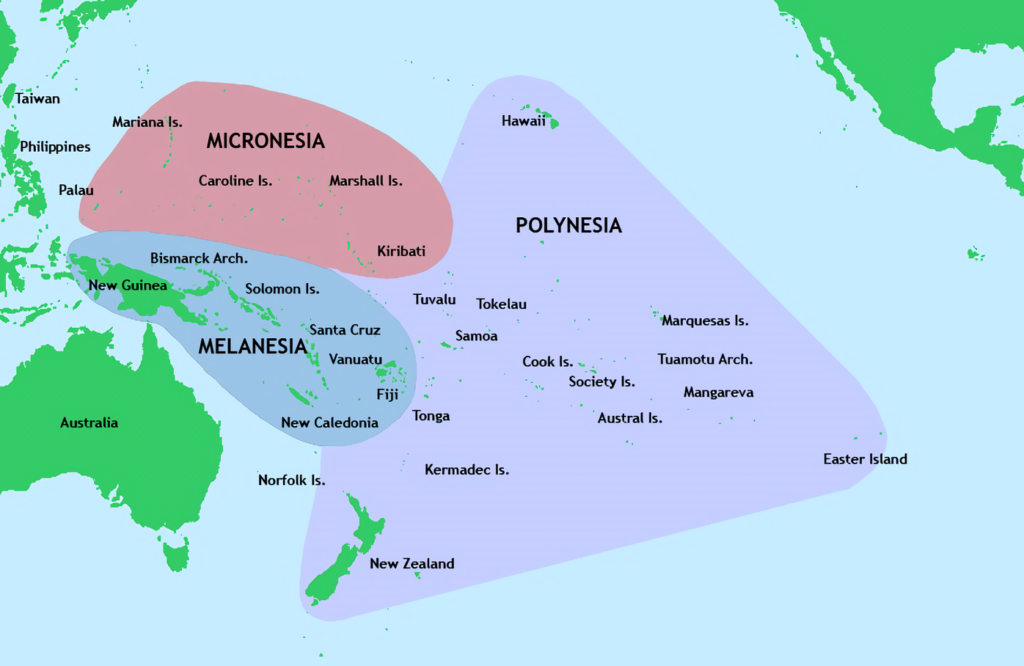
Wikipedia user Kahuroa
Weather
The average temperature highs are 84–88 °F during summer months, and lows of 79–83 °F in the winter months. This makes Hawaii one of the most visited island groups all year long. Hurricane season is marked from June through November, with most heavy winds and rains downgraded to Tropical storms.
Population
The population of Hawai’i is about 1.4 million, with just over 10% identifying as Native Hawaiian. Here is an approximate breakdown by island:
O’ahu: 980,000
Maui: 154,000
Kaua’i: 72,000
Hawai’i: 201,000
Moloka’i: 7,000
Lana’i: 2,500
Ni’ihau: 170
Kaho’olawe: 0
The 8 Main Hawaiian Islands
O’ahu
Nickname: The Gathering Place
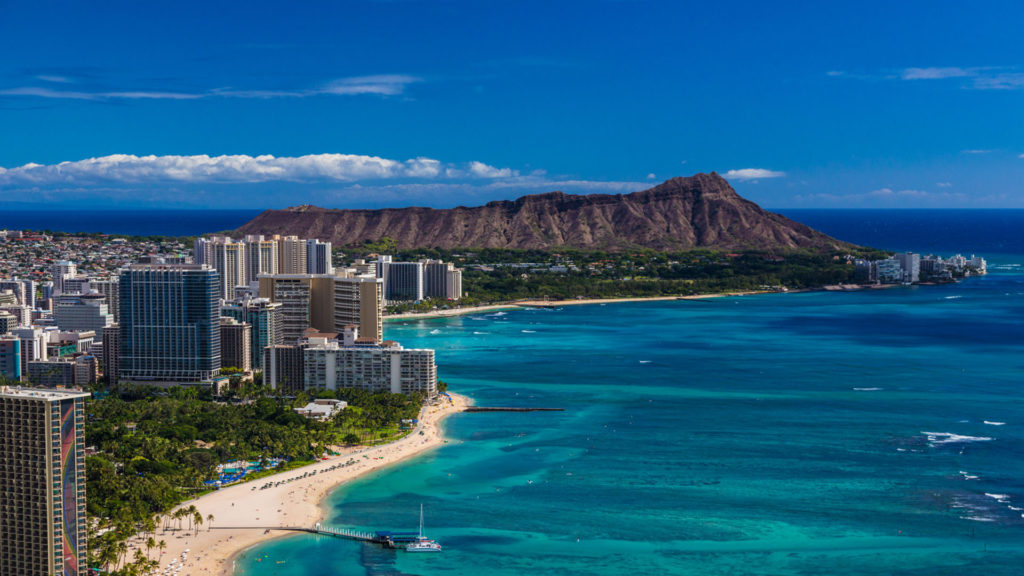
via Yahoo images
This island is hands down, the most visited Hawaiian island. O’ahu is famed for Waikiki beach, Diamond head, and Pearl Harbor. Besides these well-known landmarks, O’ahu has much to offer. The food scene on O’ahu is ahhh-mazing, virtually every ethnic food can be found here. O’ahu is a large melting pot of culture and lots of fusion with fashion, cuisine and arts. There are many beaches, surf towns, museums, ocean activities, countless hikes, and shopping galore for all the souvenir lovers out there.
Renting a car is a must, if you want to venture out away from the resort areas. There is so much natural beauty, even on this super populated island. You can find waterfalls, sea cliffs, and countless areas that have been featured in so many blockbuster movies. For the adventurer, you can go ATV riding, horseback riding, hikes with a local tour guide, go snorkeling or scuba diving, or even sky-diving. I almost forgot, for those who love music, you can find live music at almost every restaurant in Waikiki or Honolulu. There are so many talented musicians in Hawaii-and you won’t want to miss the opportunity.
O’ahu as a local: As an O’ahu native, my favorite things to do on O’ahu are hiking, driving the scenic windward coastal roads and having breakfast at Cinnamon’s Restaurant (order the Guava chiffon pancakes!) in Kailua, eating shave ice at Waiola Shave Ice or Matsumoto’s in Hale’iwa, checking out the surfers in North Shore, taking in the sights from the Makapu’u lookout, eating my way through Honolulu, and visiting family and close friends. Waikiki is a tourist hot-spot, but us locals venture here from time to time for celebrating a special occasion or getting the feel of ‘city life.’ There are far too many places to list here, but I will write another post on O’ahu Eats soon.
- O’ahu is best suited for: families, hikers, foodies, music lovers, adventurers, and budget travelers
- You might be interested in the Ultimate Circle-island drive to do in One Day
Maui
Nickname: The Valley Isle
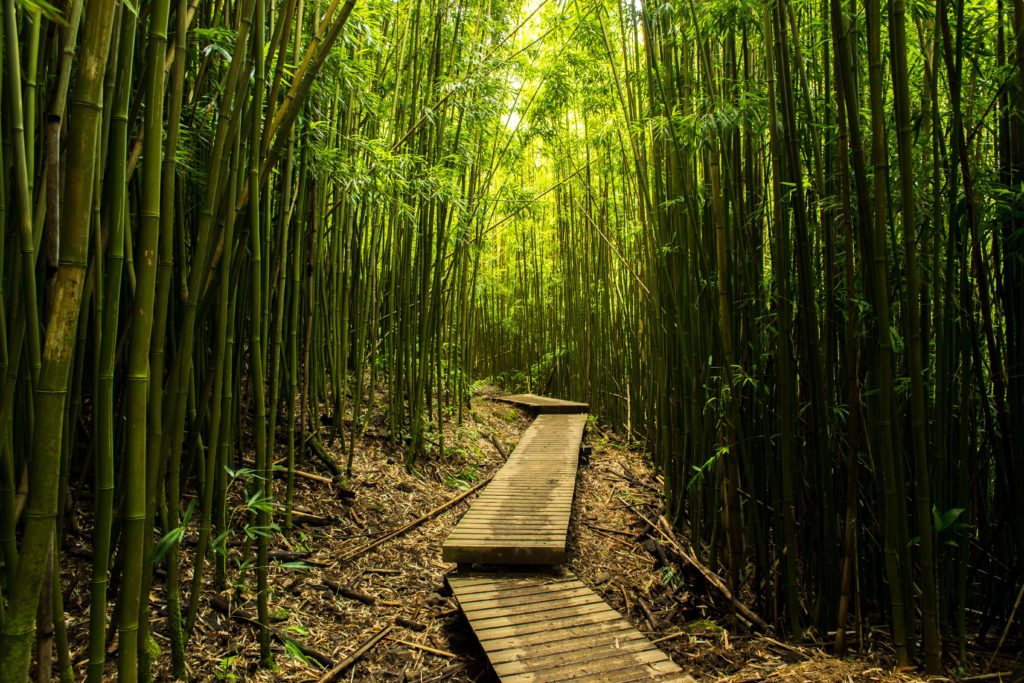
Photo by Johny Cook
Maui is climbing the ladder of ‘most visited Hawaiian island’ as of 2020 just behind O’ahu, and rightfully so. Maui is a more laid back island in terms of crowds. There aren’t any skyscrapers, not as many buildings, and far less people. Maui is the second most developed island, when it comes to amenities (like shopping, financial districts, big-name companies, or just general supplies). The valley isle, and the following 6 on this list rely on weekly barges for supplies, groceries, and household goods.
When you visit Maui, you need to rent a car or you’ll miss all the glory this island has to offer. From driving the infamous road to Hana, or swimming at a beach in Kihei, going shopping at local boutiques, or having a drink a one of its local breweries or distilleries, Maui has so much to offer and more. There are also a number of hikes, restaurants to enjoy, and the best place to go whale-watching.
Maui as a local: The perfect day means getting up super duper early and catching the sunrise from world famous Haleakala. Then heading down the mountain to have breakfast at Kula Bistro. Then, fill up our cooler with drinks and snacks then head down to Kihei. Kihei has several beaches, therefore we choose the least crowded. Next, we soak in the sun, catch a buzz, and enjoy the turquoise waters-maybe even swim beside a honu (green sea turtle) if we’re lucky. The day wouldn’t end there…maybe meet some friends for drinks at one of two places: Maui Brewing Company in Kihei or Ocean Vodka. Maui Brew has a pretty good happy hour, and Ocean vodka has some of the best views and offer a tasting tour.
- Maui is best suited for: those who want to escape large crowds but want typical amenities, resort vacationers, families, boutique shoppers, and whale-watching
Kaua’i
Nickname: The Garden Isle
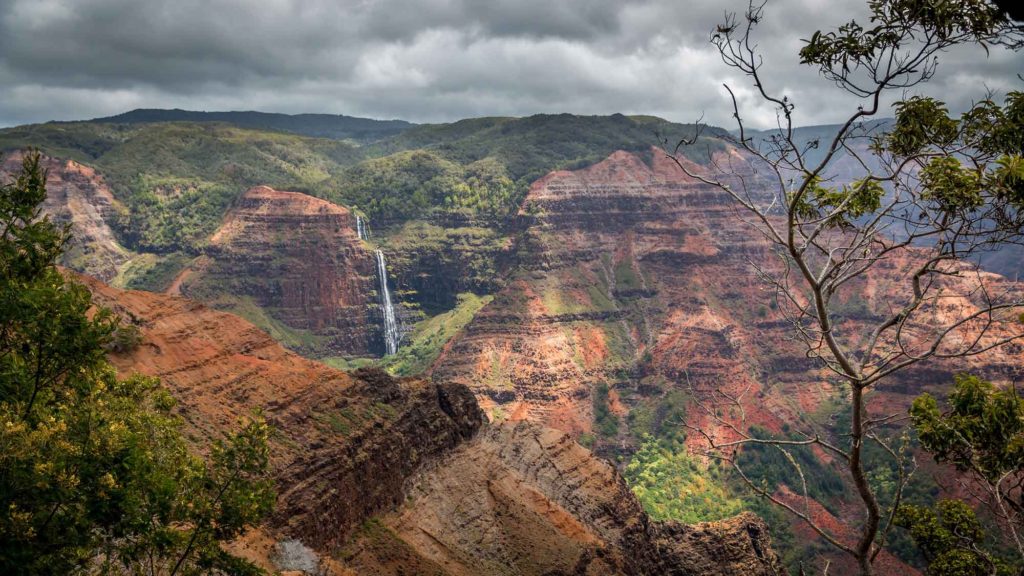
Photo via Parrish Kauai
The island of Kaua’i is one of the most lush green islands I’ve ever been to. From the moment you step foot our of the airport, you can smell the fragrance of tropical flowers and fresh air. There is something unique about Kaua’i that makes one feel as if they’ve been transported back in time to a prehistoric tropical forest. From the world-famous Waimea Canyon to picturesque Hanalei Bay, Kaua’i will not cease to amaze.
Now, I mentioned that Maui wasn’t very developed, except for the array of resorts and hotels that line the beaches. Kaua’i definitely is a step down from Maui’s crowds and resorts. There are a few resorts here also, though not as many. There’s much to see and do on this quaint island, so renting a car is a must. There are many hiking trails, beautiful beaches, breath-taking waterfalls, and sunset cruises. The locals keep it country here, and you will notice how simple-living is their ultimate lifestyle.
A perfect day in Kaua’i would include an early drive to Lydgate Beach Park to view the sunrise. Then, take a drive north towards Pinceville or Hanalei to spend the day soaking in the sun at the beach. A drive up to Koke’e State Park is a must for those seeking immaculate views of the Pacific ocean. And if you’re the adventurous type, look into getting camping permits to hike the Napali coast and campout along the trek. Another favorite viewpoint on this island, is the Waimea Canyon. Words cannot describe this natural wonder, you need to be there to experience its magic. Kaua’i is the perfect destination for those who love the outdoors, no crowds, and endless natural wonders.
- Kaua’i is best suited for: the outdoorsy person, hikers, resort vacationers, and those who want to be immersed in Hawaii’s local culture.
Hawai’i island
Nickname: The Big Island
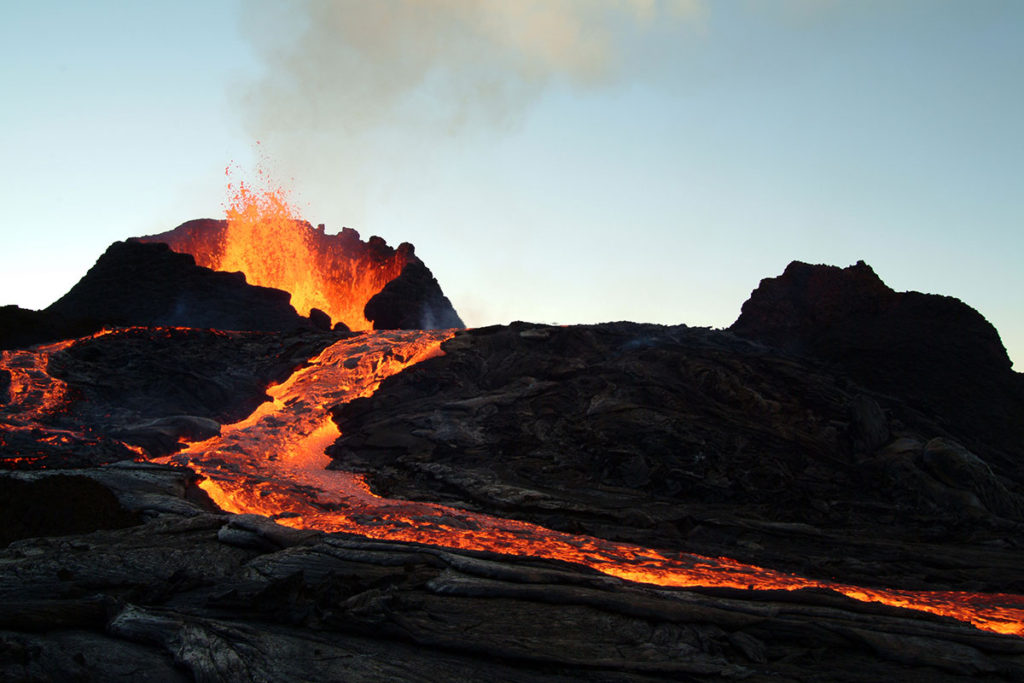
Photo via Hawaii Travel 4 Less
Hawai’i island is most commonly known as the ‘Big Island’ because of its size. I know this can be confusing for some since the state is also called Hawai’i, so let’s keep it simple and refer to Hawai’i as ‘the big island’ for now. This large island is one of my absolute favorite islands. I lived in Hilo for a short time, and I learned much the island and its history. There is no shortage of nature on this island, especially because of its diversity in climate throughout. If your goal is to experience as much as possible in one visit to the big island, you need to spend a minimum of 5 days here (and even that may be too short depending on how you build your Big Island itinerary).
The west coast of the big island is warmer, lots of beaches, and where many Hualalai coffee farms are located (this is where the famed Kona Coffee comes from). As you approach the southern part of the island, South Point is the southern-most point of the United States. This part of the island is dry, lava fields everywhere, and home to its black sand beaches. The east side of the island is wet, with precipitation daily in most areas. However this may be bothersome for some travelers, remember that you need rain to see rainbows and waterfalls. The Hamakua coast has no shortage in waterfalls. The north side of the island is cooler, and famed for Parker Ranch. The towns of Hawi and Kapa’au are at the island’s northern tip, and have spectacular views and an old-town feel.
My favorite sights to see on the big island are the lava fields and craters at Volcanoes National Park, Visiting native Hawaiian Heiaus, and the drive up the Hamakua coast. I always roll down my windows on this drive so I can smell the sweet scent of ‘awapuhi (ginger). I always make it a point to stop at the Waipi’o valley lookout, and be in awe of this culturally significant place. The beaches in Hapuna are go-to’s for fun days at the beach. My parents and siblings lived in Kailua-Kona for several years, and I’ve grown to love it. It’s a small bustling town with many hotels and condos, historical sites, and cool places to grab a drink. I look forward to every visit to the big island, and you will too. This destination is a great place to visit for all types of travlers.
- The Big Island is best suited for: adventurers, hikers, sight-seers, resort vacationers, budget travelers, families, those who want to learn more of Hawaiian culture and significant historical sites.
Lana’i
Nickname: The Pineapple Isle
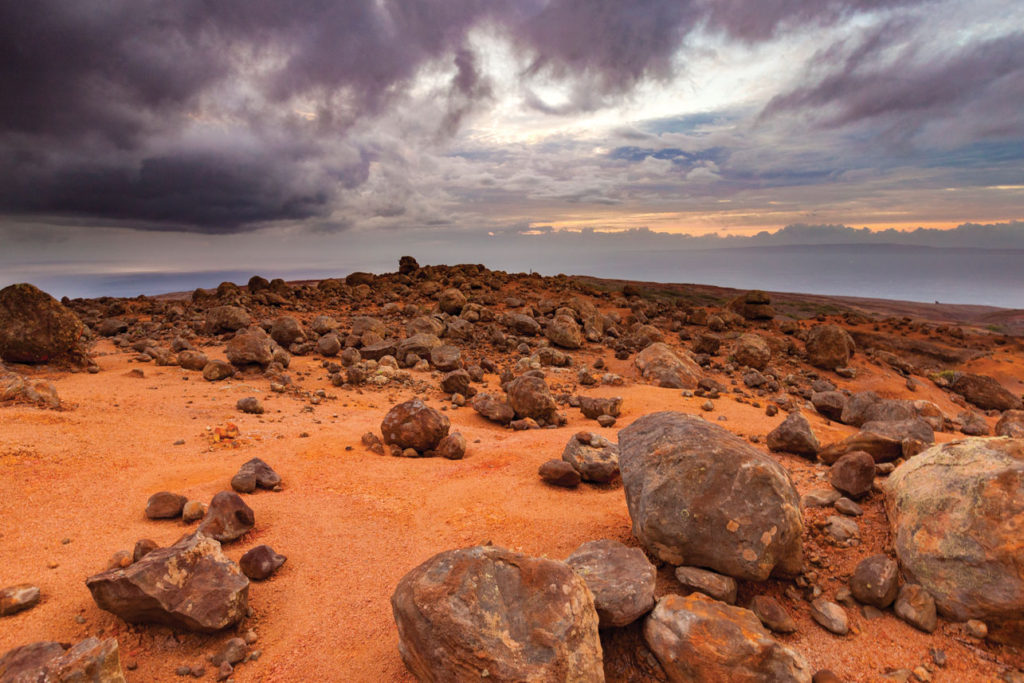
Photo via Hawaii Magazine
- Lana’i is best suited for: the day-tripper, outdoorsy person, those who don’t mind getting covered in red dirt, resort vacationers, and hikers.
Moloka’i
Nickname: The Friendly Isle
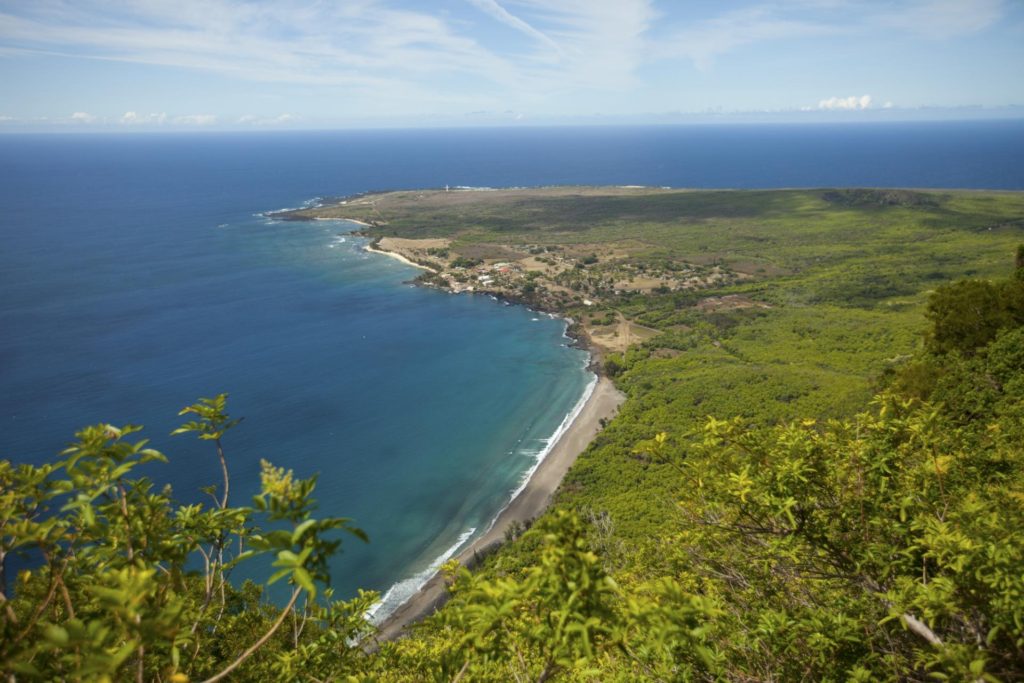
Photo via Go Hawaii
In terms of ‘keeping country, country’ Moloka’i definitely lives up to the hype. Moloka’i has the largest number of native Hawaiians per capita. The natives don’t want their beloved island turning into another resort island, and for good reason. For those of you who want to visit Moloka’i, just keep in mind that this island is pretty empty. There aren’t any resorts or hotel chains, not a single traffic light, and a tiny airport where you step off onto the tarmac to exit.
There is much history here, including an old leper colony many moons ago which put Kalaupapa on the map. You can visit the Kalaupapa lookout where you’ll see this secluded peninsula on the north part of the island. You can drive to Maunaloa on the isle’s west end, or to East end. But in order to truly experience Moloka’i, you need to ‘prove yourself’ so to speak, because all the natives want is to preserve the land. As Will McGough wrote in his Molokai article, “What Molokai does not want are visitors that come to the island to consume, or “vacation,” as it is often called. They don’t want anything that will deplete, or harm, their resources.” Travelers shouldn’t take offense, instead appreciate that there are passionate people out there who want to preserve the islands and culture.
I have an unfair advantage because my grandfather and some other family members live here. I have experienced Moloka’i as a local, and it is very simple and easy-going. We mostly ‘lay net’ a form of Hawaiian fishing techniques, and patiently wait 12 or more hours to check the lines and gather our catch. Camping and hiking are common activities locals enjoy, and of course the occasional trip to the beach. If you do go, make sure to visit Kanemitsu in the wee hours of the morning and try the mouth watering ‘hot bread.’ For those of you who are interested in visiting Moloka’i, maybe a 1-2 day hop from Maui or O’ahu will be satisfactory.
- Moloka’i is best suited for: Hawaiian island locals, those wanting to experience Hawaiian living, history lovers, the day-tripper
Kaho’olawe
Nickname: The Target Isle
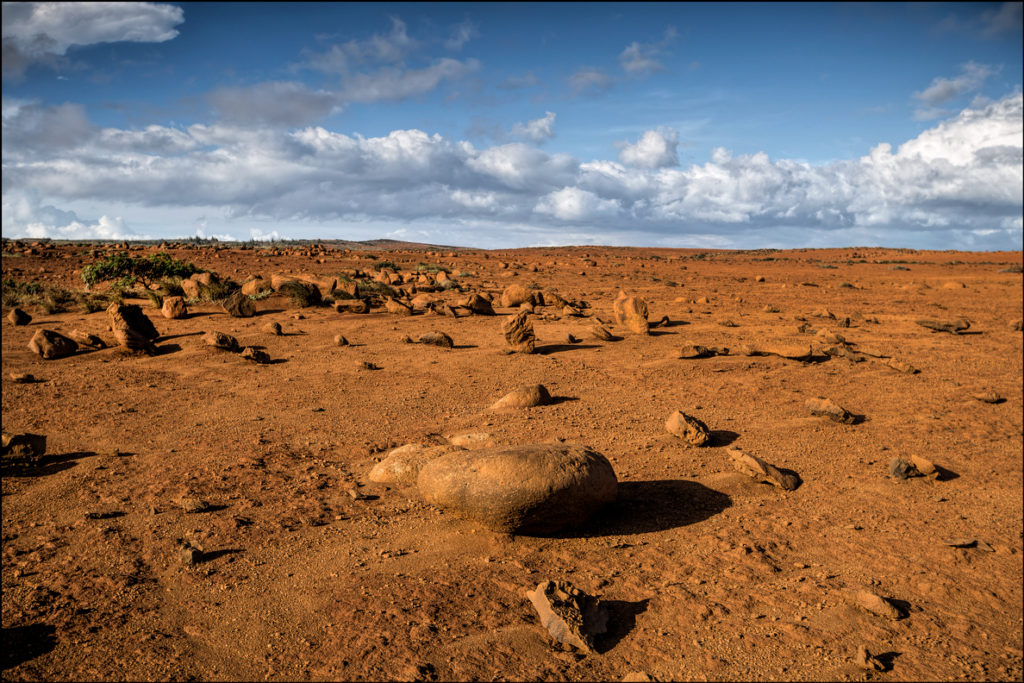
Photo via Honolulu Civil Beat
Kaho’olawe is the smallest of the main eight islands. It has been uninhabited for many years, largely due to its lack of fresh water. The island’s highest point is only 1,477 feet above sea level, resulting in a very little precipitation. During World War II and decades following, this small island was used a target practice by the U.S. military. The live fire exercises ended in the early 1990s, and the island was finally transferred back to the State of Hawaii.
The Kaho’olawe Island Reserve Commission was then created, and the role of this commission is to restore and oversee the island and its surroundings. Up until the COVID-19 pandemic hit, the KIRC was taking small groups to the island (either by canoe paddling, boat, or helicopter) to help plant native plants, clean up unexploded ordinance, mark off safe pathways, etc. As of now, all efforts to preserve the island have been put on hold and I hope that one day soon KIRC will be able to resume its monthly visits.
As a native Hawaiian, I was given the opportunity to visit Kaho’olawe on two occasions-once in 2005 and again in 2006. Our small group partnered with the KIRC to learn of its long lost histories of our native people, help plant native Hawaiian plants, and clean up as much of the unexploded ordinance as possible. Keep in mind that there is no running water or electricity, no homes or shelters, or anything else. When we visited, we brought everything we needed for 4 nights: clothes, drinking water, food, camping tents and supplies. It was one of the most culturally invigorating experiences I’ve ever had as a Hawaiian. I wanted to learn more about my ancestors and my culture.
- Kaho’olawe is best suited for: Hawaiian island locals, individuals who love volunteer work, and those who truly want to ‘live off the land and sea.’
Ni’ihau
Nickname: The Forbidden Isle
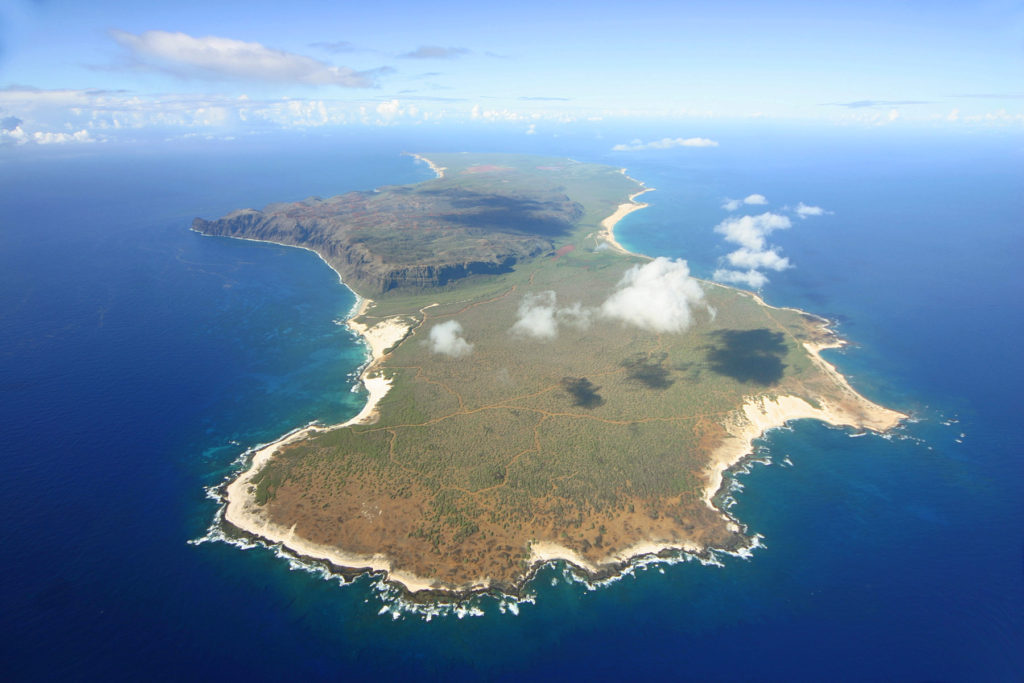
Photo via Wikipedia
Ni’ihau is nicknamed ‘the forbidden isle’ because it is off-limits to all outsiders except the Robinson family, their relatives, and those invited. The island was originally purchased in 1864 by Elizabeth Sinclair from the Kingdom of Hawai’i. Her descendants, more commonly referred to as The Robinson’s now manage the island. Ni’ihau is not westernized, and therefore people here live as traditional Hawaiians did for hundreds of years. The primary language spoken here is Hawaiian, and its residents are known to have the highest concentration of Hawaiian blood.
The forbidden isle can be viewed from the neighboring island of Kaua’i. Some helicopter companies or tour boats sometimes get near the island for a close-up view. This island has been a fascination of mine since I was a child, and I will continue to be in awe by its timeless history. Unfortunately, there’s not much else I can describe to you here since I, too have never been to the island.
- Ni’ihau is only suited for: the Robinson family and relatives, and those personally invited.
Learn some History of Hawaii before your visit
Common Misconceptions
- Hawaiians live in grass shacks
- If you don’t already know, Hawaii is the 50th state of the United States of America. And we are a lot more westernized than many would think. We live in apartments, condos, houses, etc.
- There are roads connecting the islands
- I hate to break it to you but the islands aren’t quite close enough for over-water roadways. You either need to travel by airplane or boat.
- Everyone in Hawaii surfs
- Most local kids will ‘learn’ or ‘try’ boogie boarding or surfing at some point during their childhood, but that doesn’t make them an expert. So, if you’re banking on asking any random local person to teach you, the odds may not be in your favor.
- Only women dance hula and wear coconut bras
- Absolutely not! There was a time in Hawaiian history that only men danced hula. And hula is sacred to Hawaiians, as is Hawaiian culture in general. Whatever you do, DO NOT make fun of, or speak badly about hula. Respect the Hawaiian culture. As far as coconut bras go….I’m not exactly sure where that idea came from, but we do not use coconuts for bras.
- There are 4 islands that make up Hawai’i
- Nope, there are a total of 137 islands in the Hawaiian archipelago. Eight islands are considered the main islands (what you typically see on a Hawai’i decal). If you aren’t from Hawai’i, you probably have only heard of the ‘Big 4’ which are O’ahu, Maui, the Big Island, and Kaua’i. The two off-the-beaten-path islands that you can also visit are Lana’i and Moloka’i. Unfortunately Kaho’olawe and Ni’ihau are not open to the public. In order to visit Kaho’olawe you would need to arrange transport with the KIRC, and includes a volunteer application, and a waitlist over 18 months. Ni’ihau on the other hand is owned by the Robinson family, and they only way to visit is by invitation by a resident.
- If you live in Hawaii that makes you Hawaiian
- No. If you are native Hawaiian, then you are “Hawaiian.” Hawaiian is an ethnic identity, more properly referred to as “Native Hawaiian.” Today, almost all those born and raised in Hawaii are of some mixed blood-meaning 2 or more ethnic backgrounds. If you are mixed with Hawaiian blood, many identify themselves as “part-Hawaiian.”
- People in Hawaii are illiterate…what in the world is Pidgin English?
- Hawaii locals are made up of many ethnicities, the main ones are: Hawaiian, Portuguese, Japanese, Chinese, Filipino, Spanish, Okinawan, and Korean. I say ‘main’ because these are the groups of people who were brought over as laborers to work the sugarcane and pineapple plantations. As a means to communicate amongst each other on the plantations, laborers developed their own language. Somehow Pidgin stuck, and all those raised in Hawaii are accustomed to it. That’s how our parents and grandparents communicated, and that’s how we do now.
Visit These Culturally Enriching Places Online & In Person
- A great place to learn about protected sites within Hawai’i is The U.S. National Park Service for Hawaii. The sites included here are: Volcanoes National Park, Haleakala NP, Kalaupapa NP, Pu’ukohola Heiau, Kaloko-Honokohau, Pu’uhonua o Honaunaunau, Pearl Harbor, and Ala Kahakai. Soon, Honouliuli will be open to the public also.
- This list wouldn’t be complete without a visit to The ‘Iolani Palace located in Honolulu, O’ahu. This is the only royal residence in all of America. Iolani palace is the ancestral home to the Hawaiian royal family. There is so much history here specific to the royal families throughout Hawaiian history.
- The Bishop Museum is another awesome place to visit to learn more of culture in the islands. You can learn a lot of Hawaiian culture here, whaling in Hawaii, and how our ancestors used star navigation as their means of wayfinding.
- Besides the plantation influence in the islands, many other Polynesians ended up in Hawaii also. My go-to recommendation for learning of Polynesian cultures is The Polynesian Cultural Center located on O’ahu in La’ie.
- Hawaii is a melting pot of many cultures. During the times of the sugar and pineapple plantations 1800s-1900s, many plantation owners brought over workers from different countries to tend the land. For more information on Hawaii plantation history, check out the Hawaiian Plantation Village on O’ahu in Waipahu.

